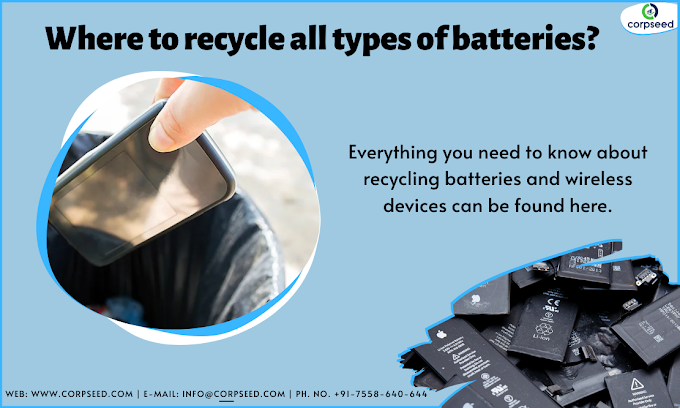Any material or product discarded is considered waste. Waste can be in any physical state (solid, semi-solid, liquid, or gaseous) and this is one of the keys to depositing it in the different containers. There are several types of waste, including inorganic ones. But what is inorganic waste and how is it treated? In this article, we will look at "inorganic waste" and its classification.
The meaning of inorganic waste refers to any waste whose origin is not biological. Unlike organic waste, inorganic waste has been produced through industrial and man-made processes. For example, apple peel is organic waste, but fabrics or plastics are man-made materials and therefore inorganic waste.
Inorganic waste takes a long time to decompose because it is not reintegrated into nature, as the vast majority of organic waste does. Some can, but over the years, and with the release of pollutants that are harmful to health and the environment. For this reason, many inorganic wastes are classified as non-biodegradable waste.
In any case, it is important to note that the vast majority of inorganic waste is recyclable and can be reused in the production and consumption chain.
Classification of Inorganic waste
We can classify in a list of inorganic solid waste:
Glass/Cup
It is one of the inorganic waste with the greatest potential for recycling, either through the selective collection in containers or through the use of reusable packaging. In addition to the savings, recycling glass is important, as the massive accumulation of this non-recycled material can be problematic.
Paper and paperboard
Paper and cardboard waste is also inorganic waste with a high recycling rate. Some may think that its origin is organic as it comes from cellulose found in trees. However, in the transformation of paper, many materials are used (rubbers, additives, dyes) that make natural recycling difficult and that can be dangerous to introduce into rivers or soil.
Scrap
About 3% of inorganic waste is scrap, that is, household waste, consisting, among other things, of cans containing canned goods and carbonated beverages. Scrap metal recycling is so important that it has many benefits.
Wrapping and packing
Almost 20% of waste is made up of packaging and containers. This is due to the fact that the products are "over-packed" which means an increase in the amount of daily waste we produce.
Plastics
One of the most easily identifiable inorganic waste and with the greatest potential for recycling. In this case, reuse is essential because the vast majority of this waste will not degrade. The Plastic Waste Management Authorization accounts for approximately 9% of municipal waste.
Some examples of inorganic waste are:
- Cellophane wrap.
- Plastic bags.
- Synthetic fiber clothing.
- PVC containers (trays, bottles, etc.)
- Batteries
- Batteries
- Tetra stones.
- Glass bottles.
- Glass bottles.
- Ink cartridges for the printer.
- Cable break.
- tires
Inorganic waste recycling: is it possible?
The question that many people ask is: can inorganic waste be recycled? The answer is yes. In fact, almost all waste can be reused.
Here are some tips to reduce the consumption of inorganic waste or to recycle it efficiently:
Choose fresh foods. Processed foods contain more packaging.
Use containers that you can reuse.
Install reusable filters in coffee makers and ovens.
Try not to break the glass containers as they will be recycled separately.
Remove the lid from plastic containers and tighten to reduce the volume inside the container.
Leave your used tires at the workshop, where they will be changed for better recycling.
The recycling of inorganic waste is very important to reduce the consumption of energy and raw materials. We seek the most complete management possible in compliance with the applicable legal provisions and we are aware that the correct disposal and treatment of waste is the responsibility of waste collection and transport companies like ours.
If you want a Waste Management Service, contact us! We take care of the treatment of inorganic waste.





0 Comments